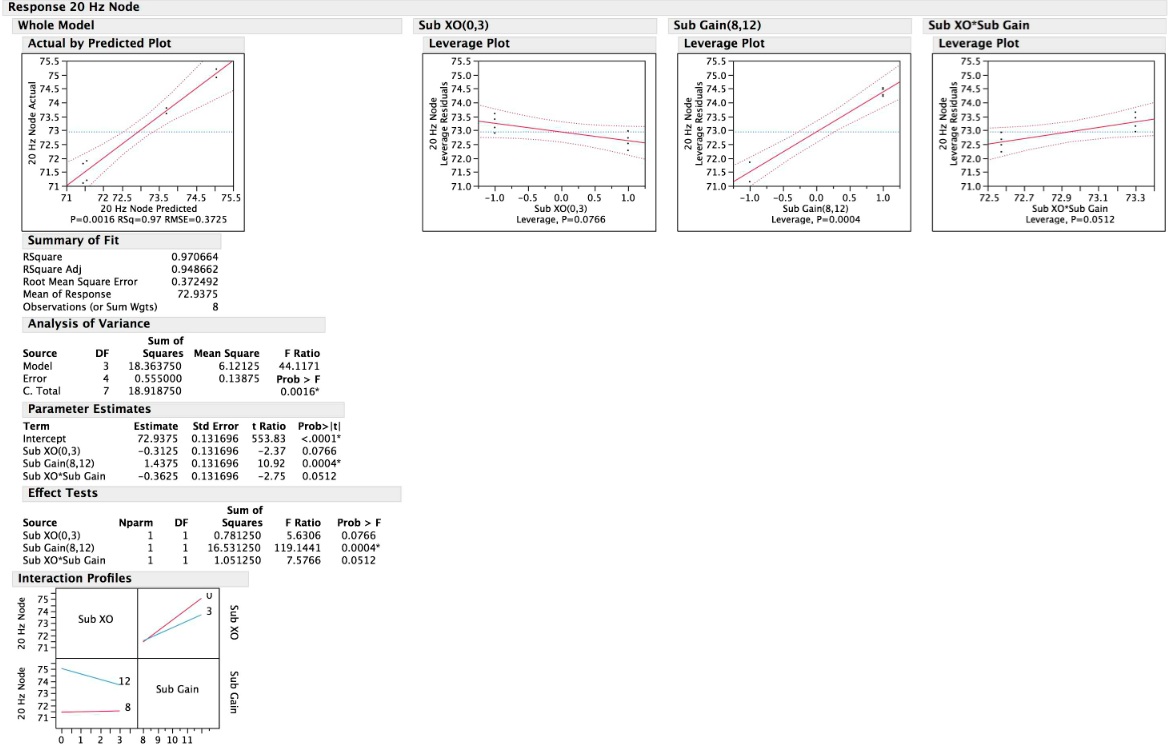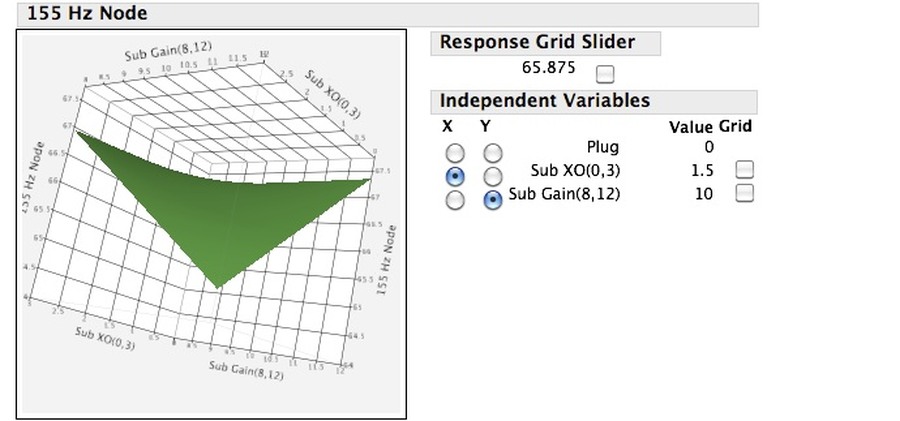Quote:
Originally Posted by BuffaloBill

A low sensitivity speaker comprised of a relatively small mid-bass driver in a small cabinet is not going to overcome the laws of physics. Even if Harbeth uses Houdini cloth for their diaphragm material when the same driver tries to reproduce a 45Hz and 1.5kHz signal at the same time there is going to be problems with transient response, frequency and amplitude modulation distortion, and thermal compression, especially if you want to listen to music at realistic sound levels.
|
It's not a matter of physics so much that it's a matter of engineering. And, from a sytems engineering perspective, its a potentially a situation of conflicting and possibly interacting set of input, control, and noise factors that drive the functional reponse(s).
And, conflicting functional response(s) can frequently be attenuated, mitigated, and occasionally, not only removed, but improved upon.
The conceptual understanding of this forms the basis of TRIZ (Teoriya Resheniya Izobretatelskikh Zadatch) developed by Altschuler.
The problem many engineers face is they try to solve functional conflicts with a One-Factor-At-A-Time approach and never understand the nature, degree and direction of confllicting interactions
between factors. Moreover, they don't develop an understanding of the degree of leverage the factors exert, their direction, the possible interactions, and the degree of statistical impact these factors have on the functional responses, including surface responses.
There well-established ways to get around this, however.
Once the key foundations for this is that the functional responses are identified and can measured with qualified and statistically robust measurement systems (based on MSA). Furthermore, the impact, direction, degree and any interactions between these factors can be characterized with statistically robust analysis platforms, e.g. DOE (Design of Experiments).
Many times functional response conflicts can be attenuated, mitigated, resolved, and in some cases, the functional response(s) can actually improved upon.
By way of example, a DOE I performed to optimize the integration of my REL sub into my 2-channel system to mitigate nulls and peak room modes in my listening room.

A 3-dimensional, surface response plot the impact of Sub crossover and gain on a 155 Hz peak mode.

So, while I agree the "physics" will always play a role, I don't believe for a moment that there is no possibility for the potential for functional response conflicts to be attenuated, mitigated, resolved, or improved upon.
Cheers.